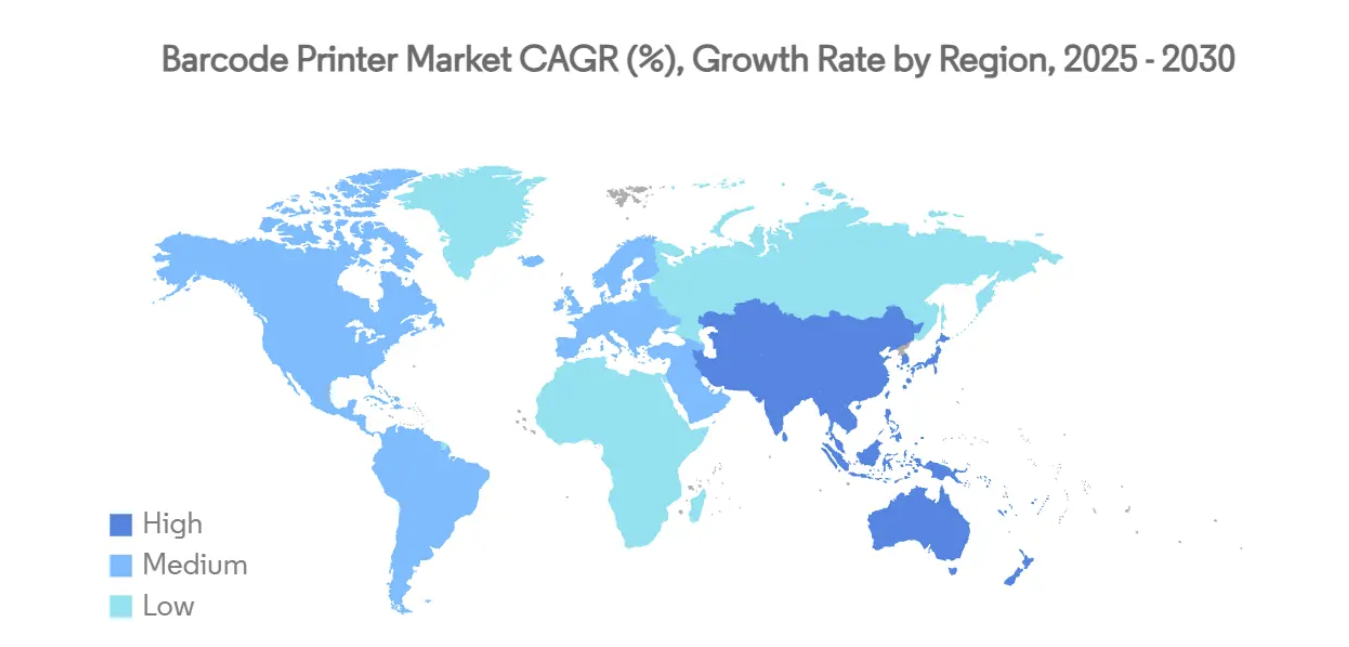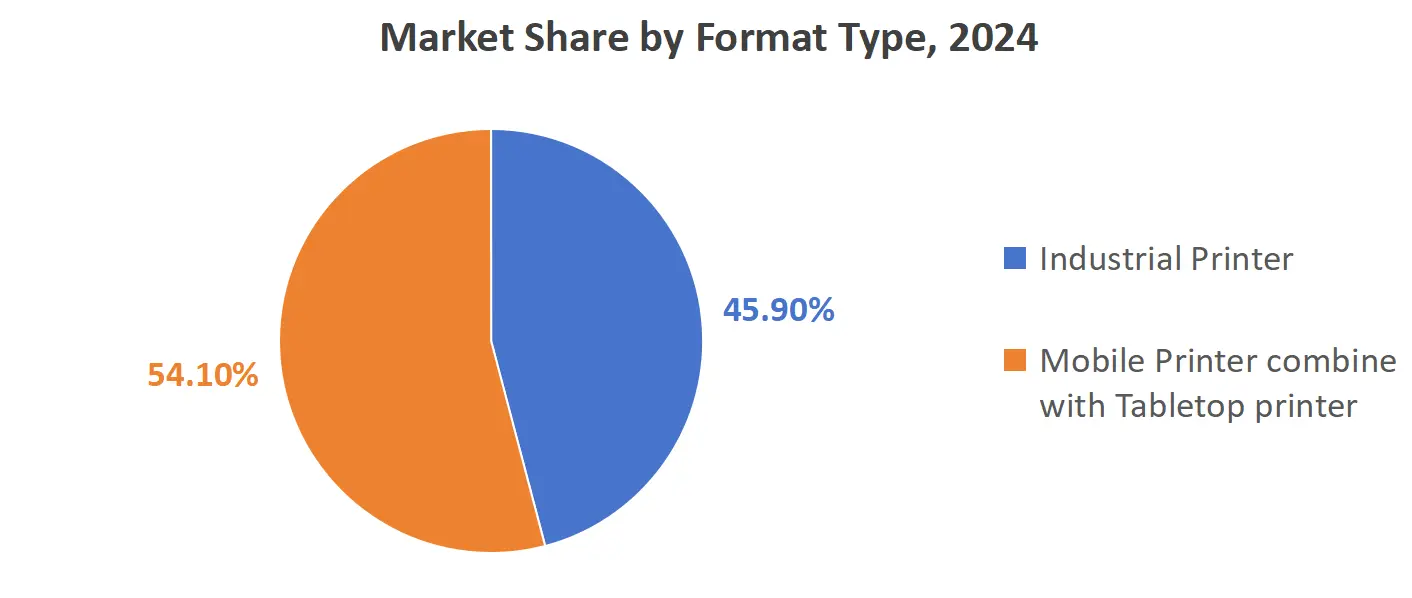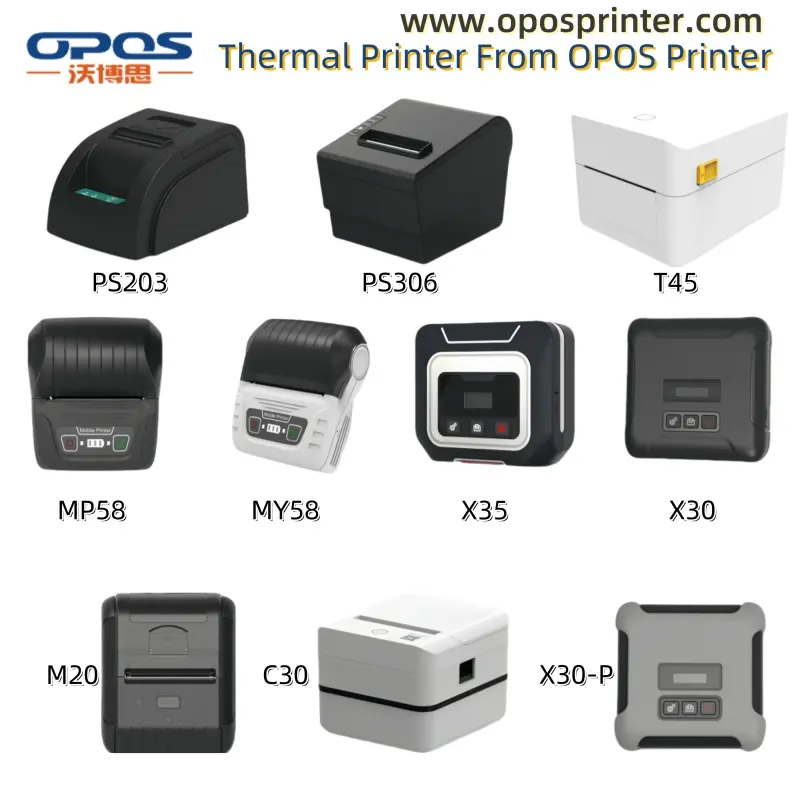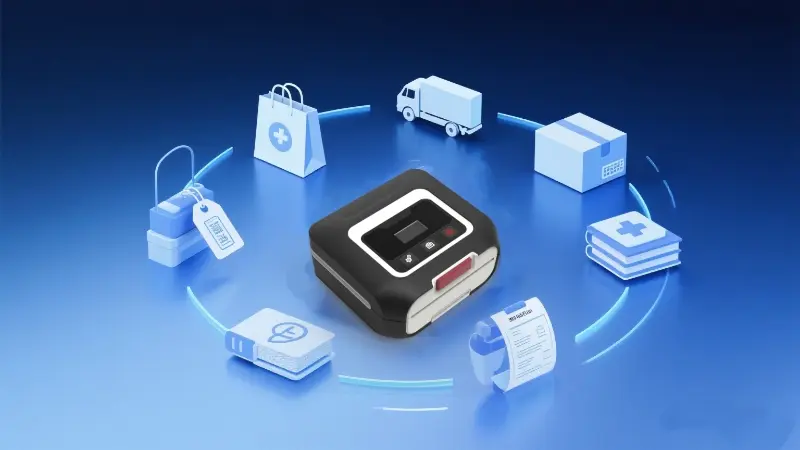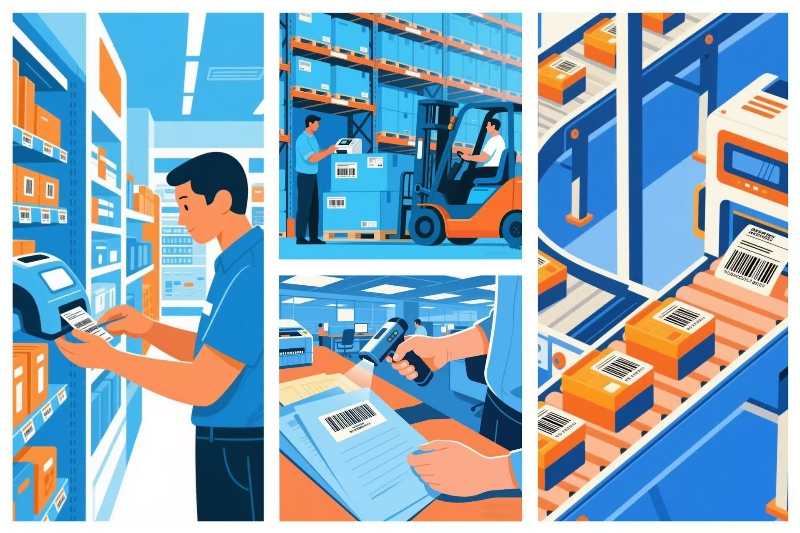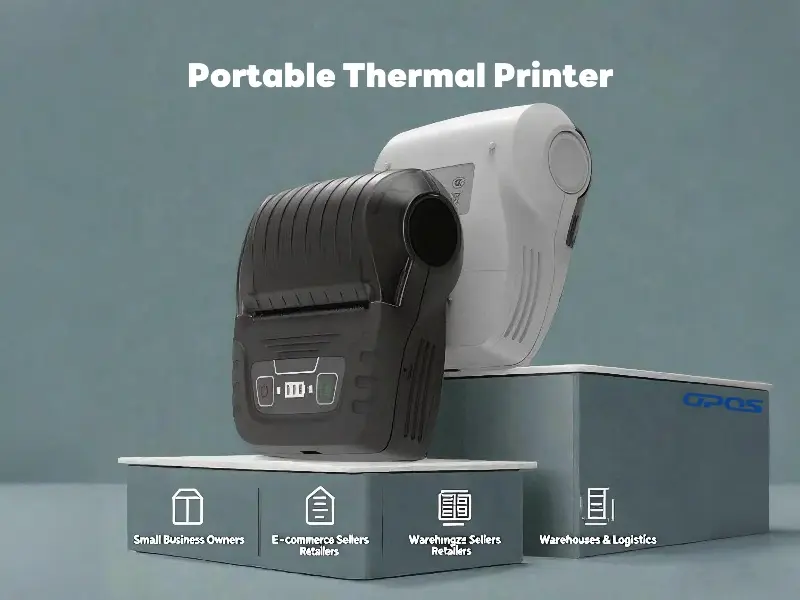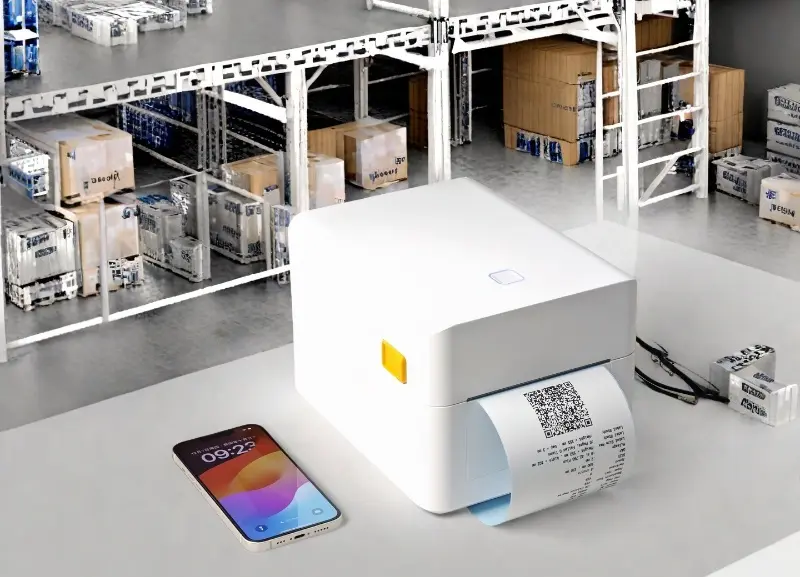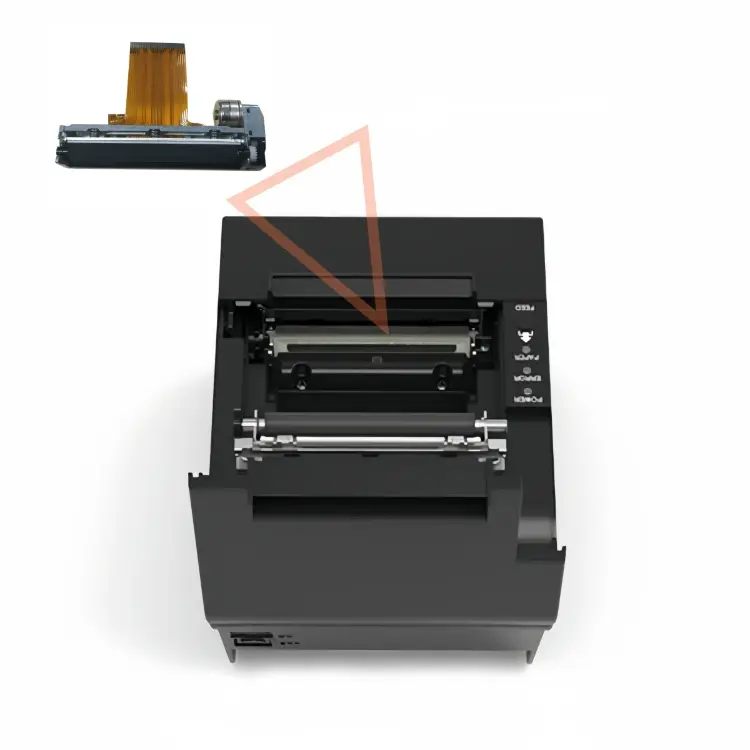Thermal Printing Solutions: Reliable, Fast, and Cost-Effective Technology for Modern Businesses
During crucial design and manufacturing phases involving printing integration into your device, having the right partner to facilitate the process is paramount. OPos Printerstands as a global leader in print mechanisms, each of our direct thermal Printer Mechanisms meticulously crafted to harmonize reliability, pricing, and specifications.
Whether you’re developing a ticket printer, kiosk printer, medical device, or another innovative product, having the unwavering support of a manufacturer throughout the project is imperative for its success. At OPOS Printer, we prioritize supporting you through every stage, ensuring a seamless and successful outcome for your project.
The Power of Thermal Printing Mechanisms
Thermal printing has become a preferred technology for various industries due to its simplicity, reliability, and cost-effectiveness. Direct thermal printing mechanisms use heat to transfer images onto heat-sensitive paper.
This method eliminates the need for ink, toner, or ribbons, making it an environmentally friendly and low-maintenance option for high-volume printing.
Below, we delve into the inner workings of thermal printer mechanisms and why they are so beneficial for your applications.
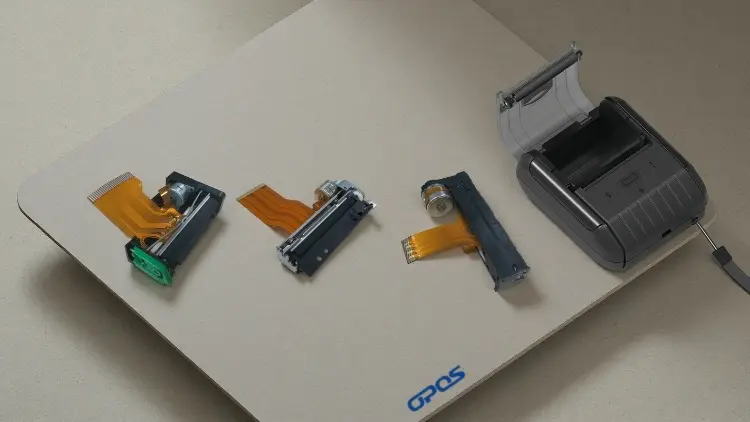
How Thermal Mechanisms Work?
At the heart of a thermal printer is the thermal printhead, a component consisting of thousands of small heating elements. These elements are selectively heated to create an image or text on a special heat-sensitive paper. The printer’s controller sends data to the printhead, directing which elements should heat up at any given moment, while the paper moves across the printhead. As the paper passes over the heated elements, the chemical coating on the paper reacts to the heat, creating the printed output.
There are two main types of thermal printing:
Direct Thermal Printing: In this method, the printhead directly heats the paper, causing a reaction with the heat-sensitive chemicals on the paper. This process is commonly used for barcode labels, receipts, and shipping labels, as it provides high-speed printing with no need for consumables like ink or toner.
Thermal Transfer Printing: In this method, a ribbon is used, which is heated by the printhead and transfers ink onto the paper. While this method offers greater durability and longer-lasting prints, it requires additional supplies like ribbons and is generally used for printing on non-heat-sensitive materials.
Advantages of Thermal Mechanisms
Thermal printing has distinct advantages that make it a popular choice for numerous applications:
- Cost Efficiency: With no need for ink or toner, thermal printing drastically reduces operating costs. This makes it ideal for applications that require high-volume printing, such as shipping labels, receipts, and tickets.
- Reliability: Thermal printers have fewer moving parts than inkjet or laser printers, resulting in less wear and tear. This contributes to longer-lasting components and higher reliability, especially in harsh environments.
- Maintenance-Free: As there are no ink cartridges or toners to replace, thermal printers require minimal maintenance. This simplicity translates to less downtime and lower operational costs.
- High-Speed Printing: Thermal printers excel at printing at high speeds, making them suitable for fast-paced environments like retail, logistics, and ticketing. The absence of a need for drying time (like ink-based printers) also contributes to faster printing cycles.
- Compact Design: Thermal mechanisms are typically more compact and lightweight than other printer types. This makes them ideal for integration into portable devices or environments where space is limited.
Applications of Thermal Printers
Thermal printing mechanisms are employed across various industries and applications, including:
- Retail: Printing receipts, price tags, and barcode labels for inventory management.
- Logistics: Printing shipping labels, tracking barcodes, and packaging labels.
- Healthcare: Printing patient wristbands, lab labels, and pharmacy prescriptions.
- Ticketing: Printing event tickets, transit tickets, and movie tickets in kiosks and automated systems.
- Self-Service Kiosks: Thermal printers are commonly used in self-service kiosks for printing tickets, receipts, and documents.
- and so on
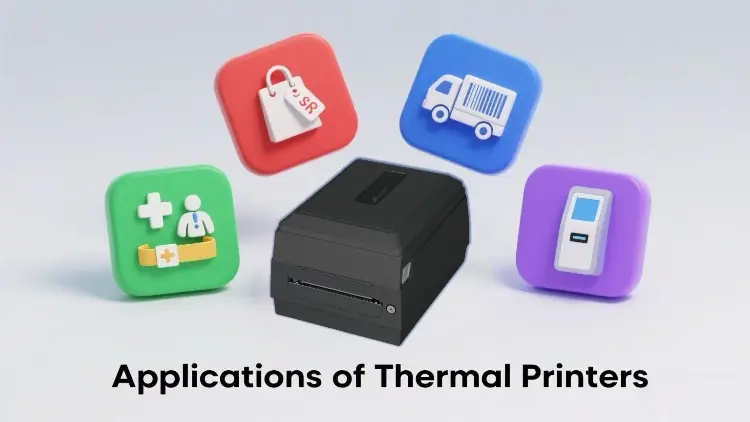
Why Choose OPOS Printer for Thermal Mechanisms?
At OPOS Printer, our commitment to quality and innovation ensures that your thermal printing solutions are robust, efficient, and reliable. Our thermal printer mechanisms are engineered to meet the diverse needs of industries, whether you are developing a high-volume ticket printer or a specialized medical device with integrated printing.
We take pride in offering customizable printer solutions tailored to your exact specifications. Our team works closely with you throughout the design and integration process, providing expert advice and support to ensure your project’s success.

With OPOS Printer as your partner, you gain access to:
Expertise in Thermal Technology: Years of experience in designing and manufacturing thermal printer mechanisms that deliver optimal performance.
Comprehensive Support: From the initial consultation to post-production support, we guide you through every phase of your project.
Tailored Solutions: We offer flexible, customizable thermal printing mechanisms designed to meet your unique needs.
Contact US
Thermal printing mechanisms offer a blend of reliability, speed, and cost-effectiveness that makes them ideal for a wide range of applications. Whether you need a simple receipt printer or a more complex integrated printing system, OPOS Printer provides solutions that are engineered to meet the highest standards of quality and performance.
By choosing OPOS Printer as your partner in thermal printing, you ensure a smooth and successful development process, with the support you need to make your product a success. Let us help you transform your ideas into reality with cutting-edge thermal printing solutions.

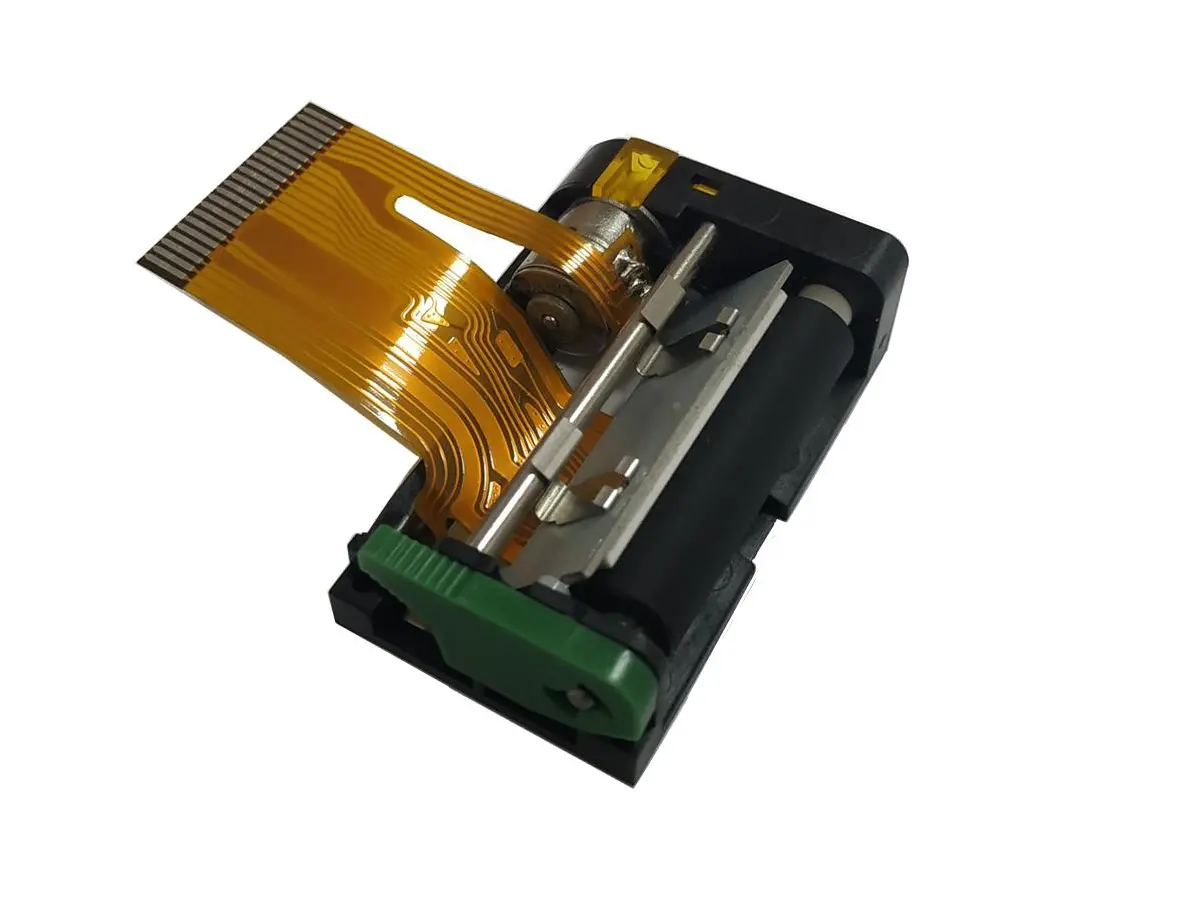 1 inch thermal printer mechanism
1 inch thermal printer mechanism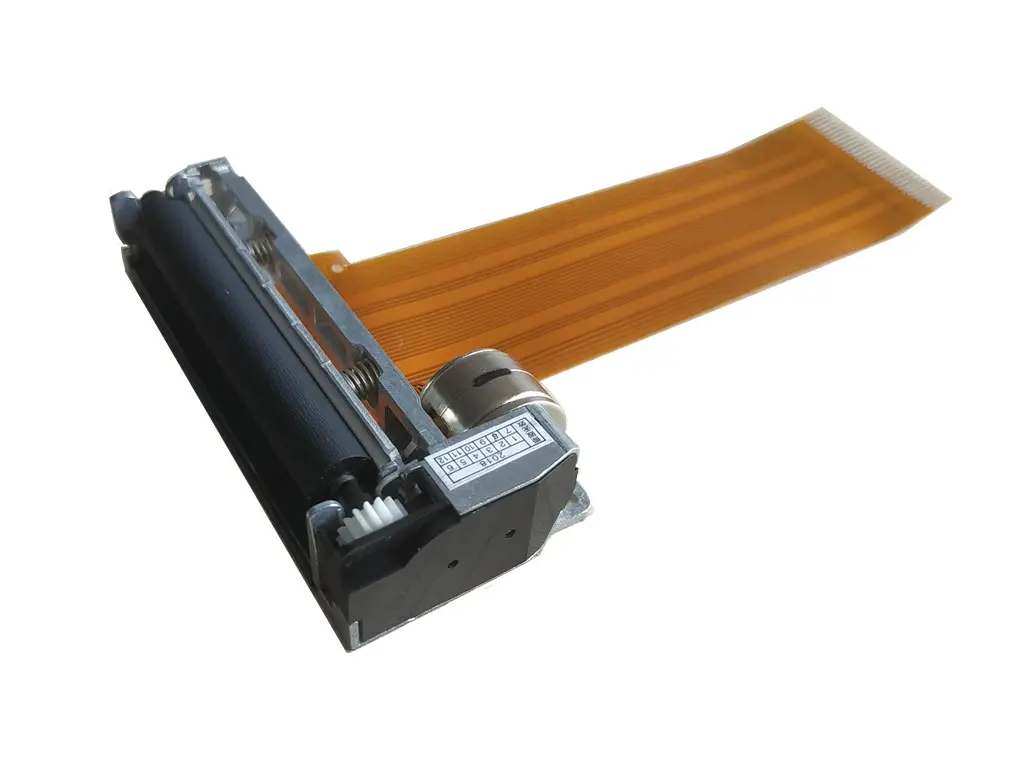 2 inch thermal printer mechanism
2 inch thermal printer mechanism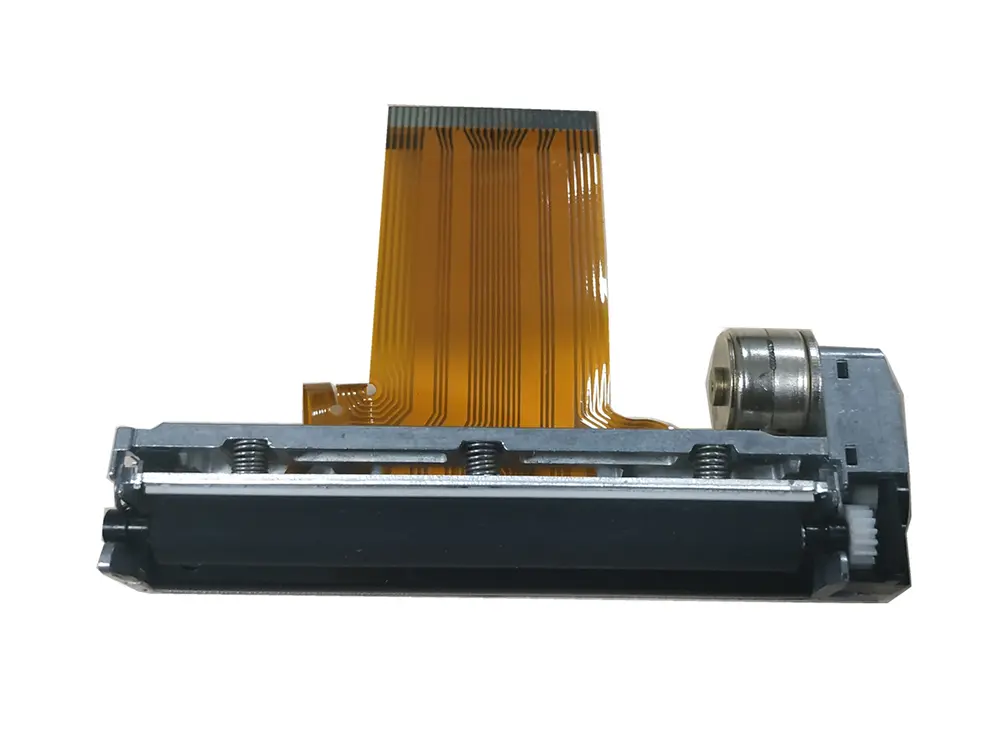 3 inch thermal printer mechanism
3 inch thermal printer mechanism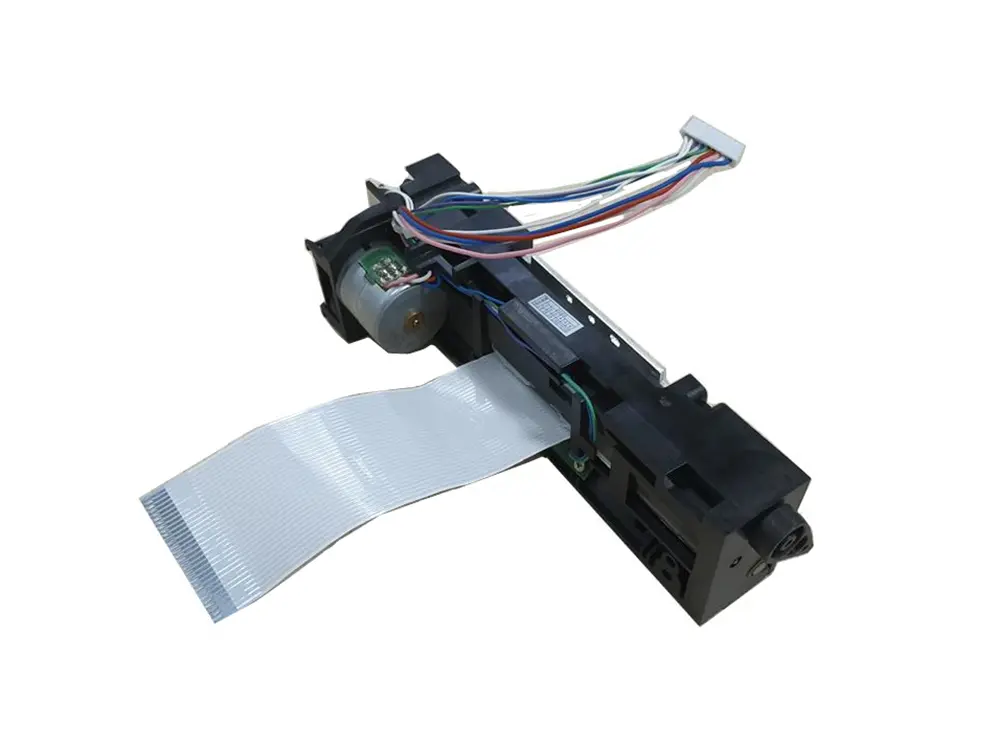 4 inch thermal printer mechanism
4 inch thermal printer mechanism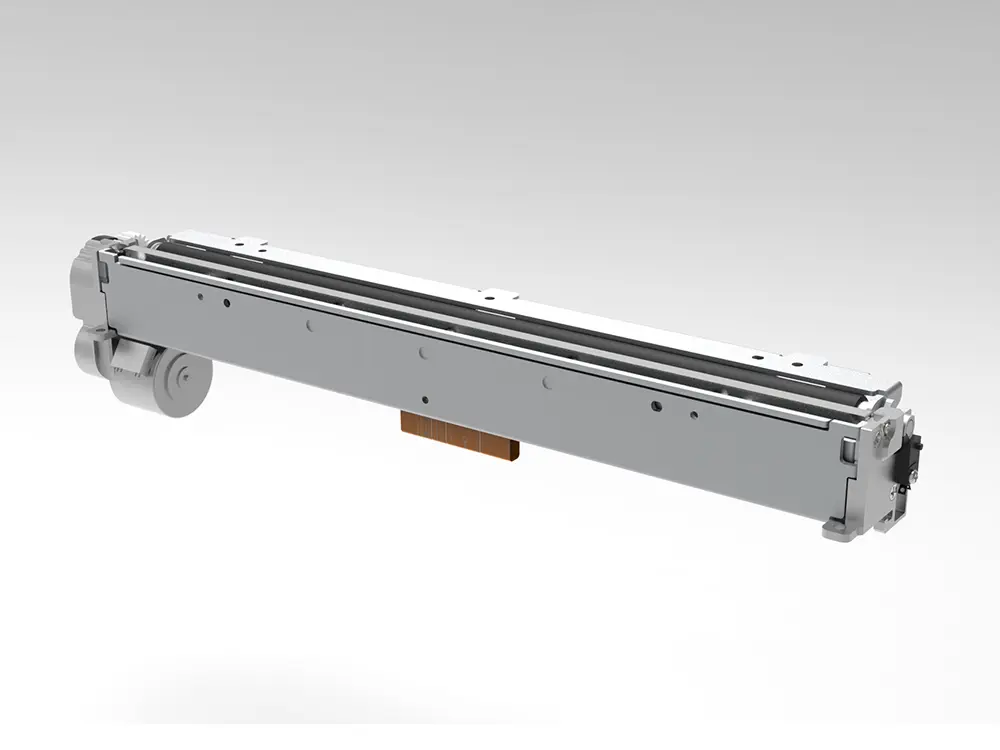 8 inch thermal printer mechanism
8 inch thermal printer mechanism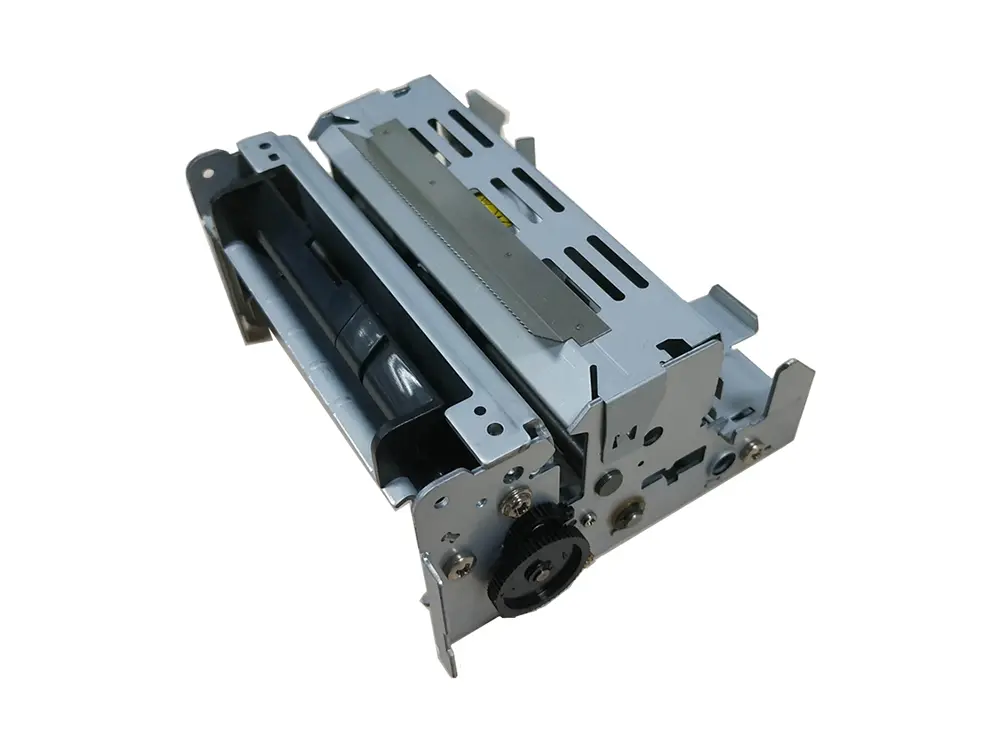 dot matrix printer mechanism
dot matrix printer mechanism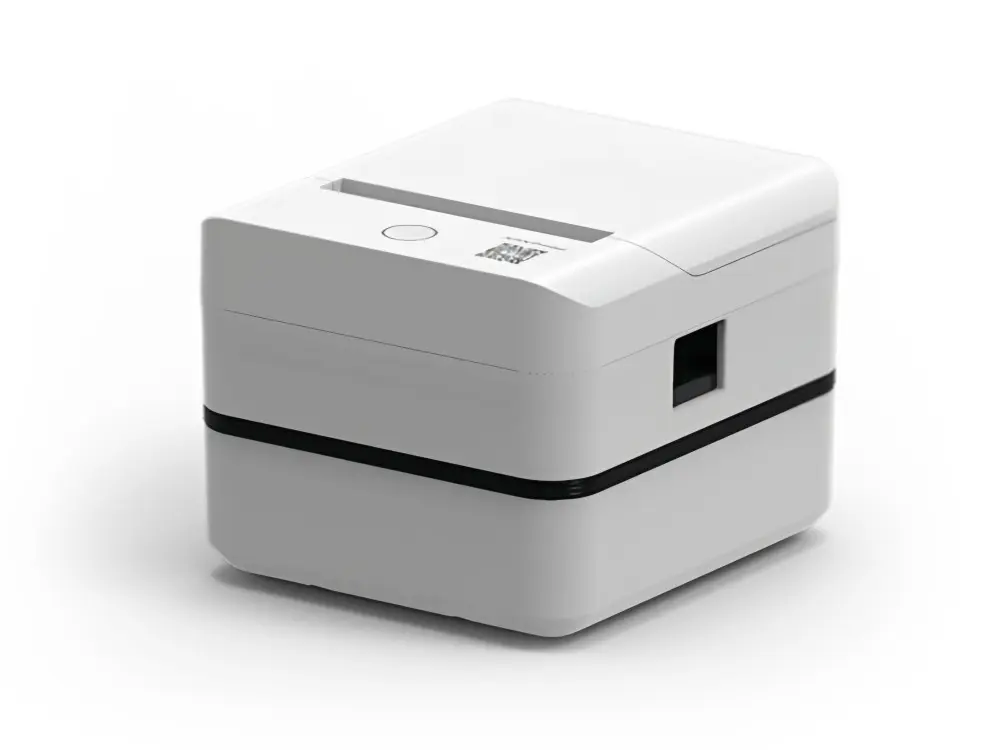 Label Printer
Label Printer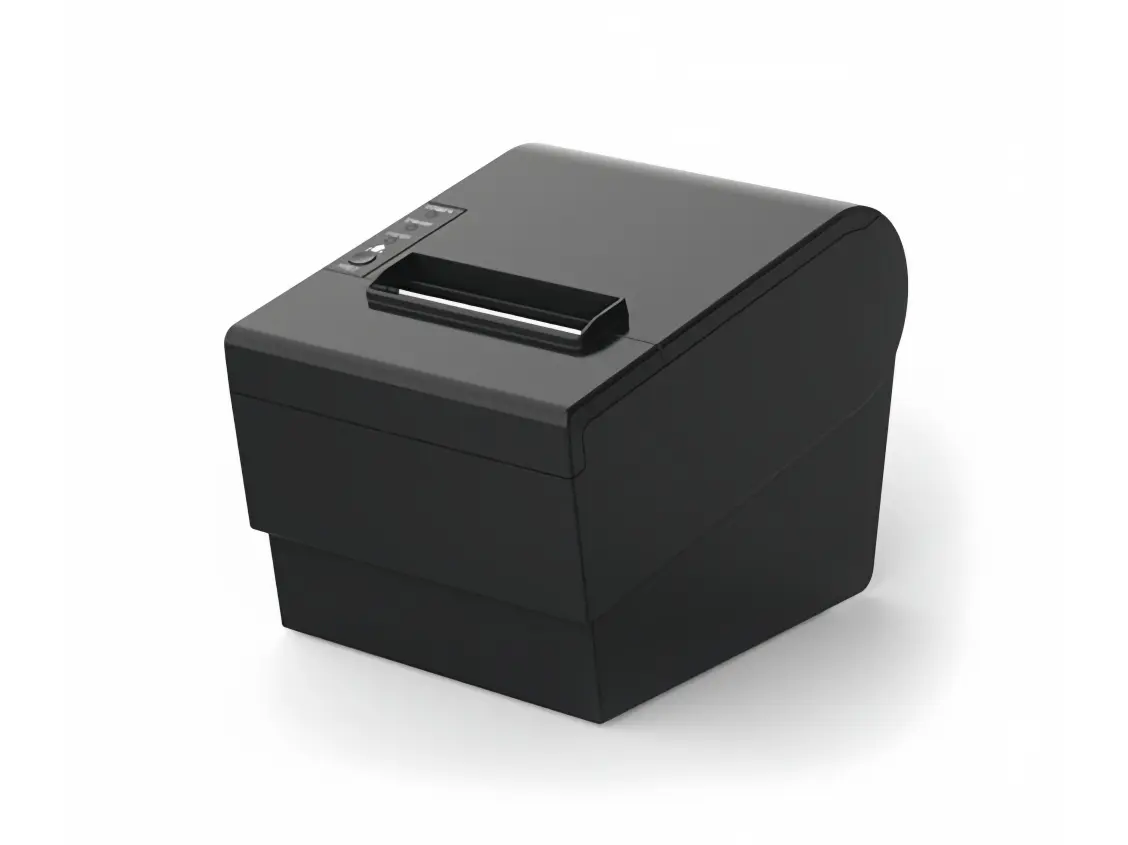 Receipt Printer
Receipt Printer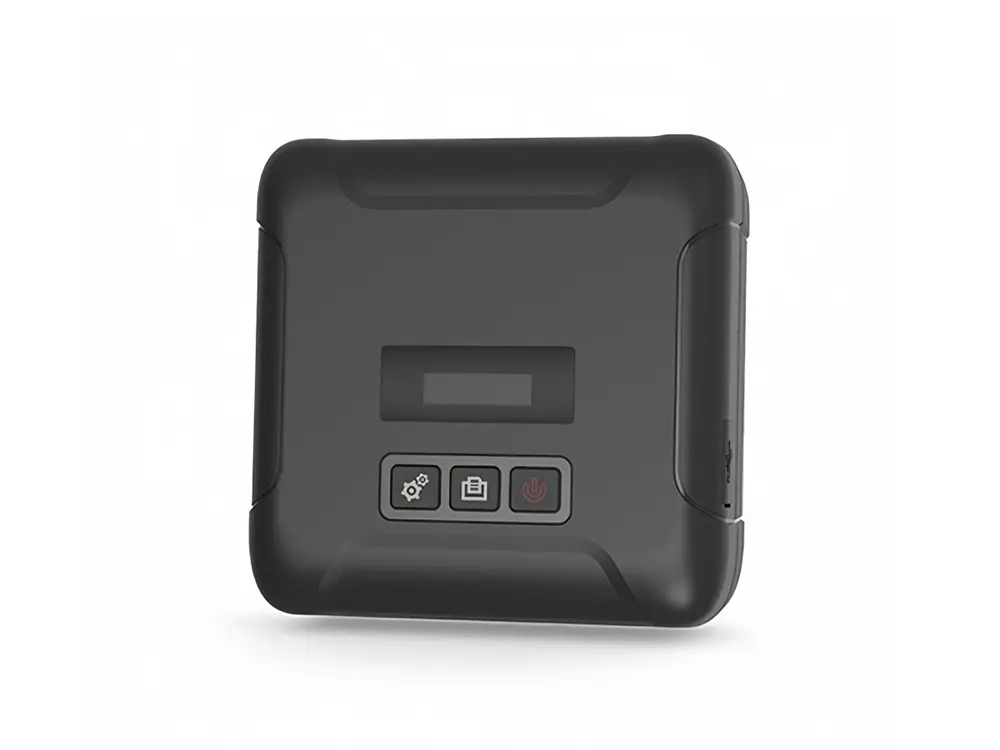 Mobile Printer
Mobile Printer


